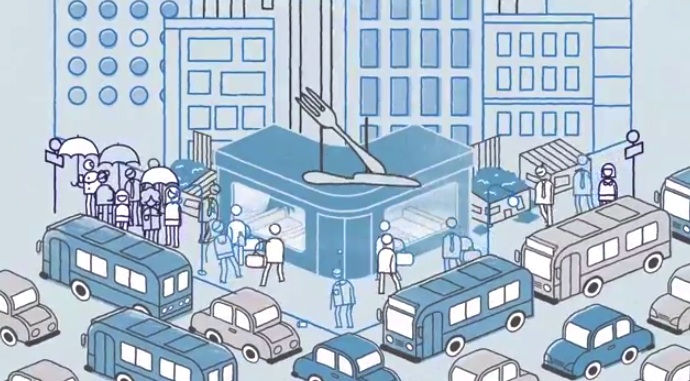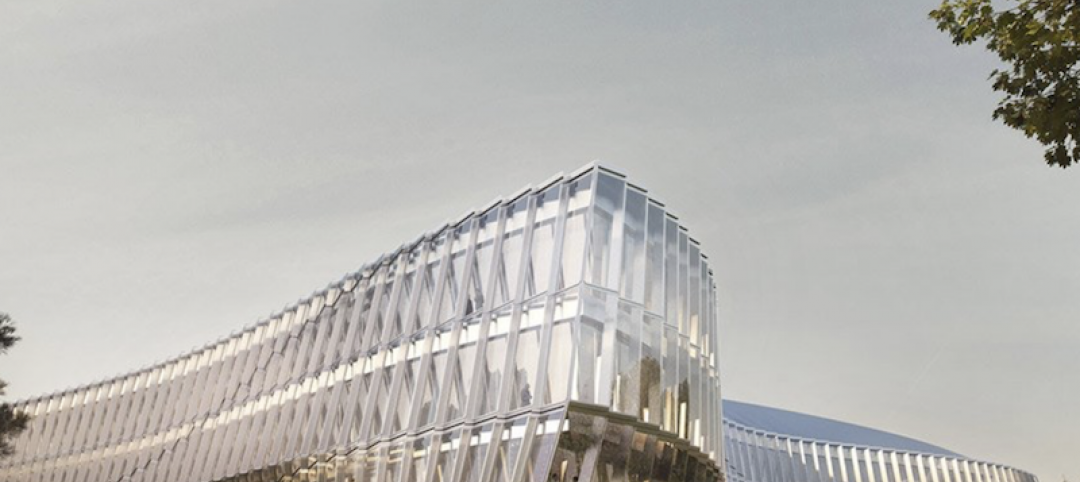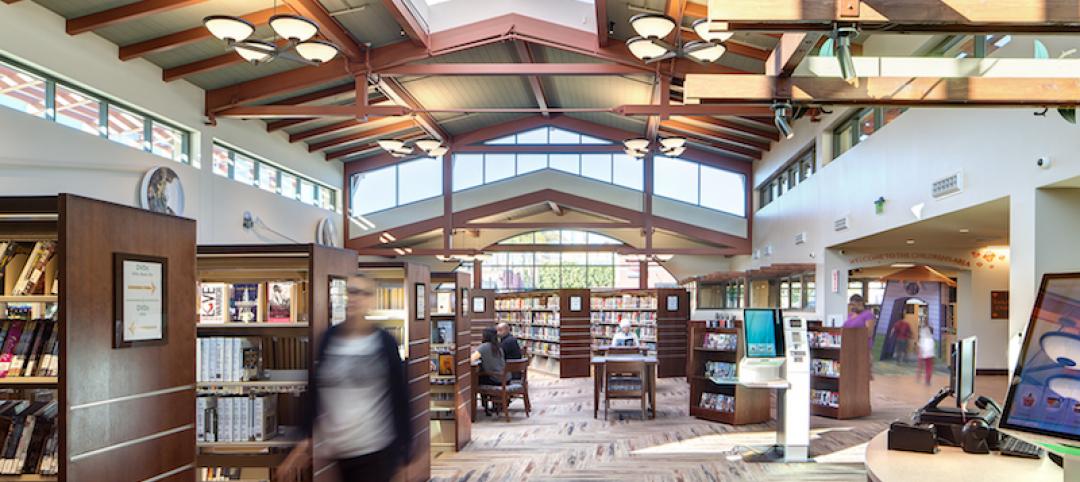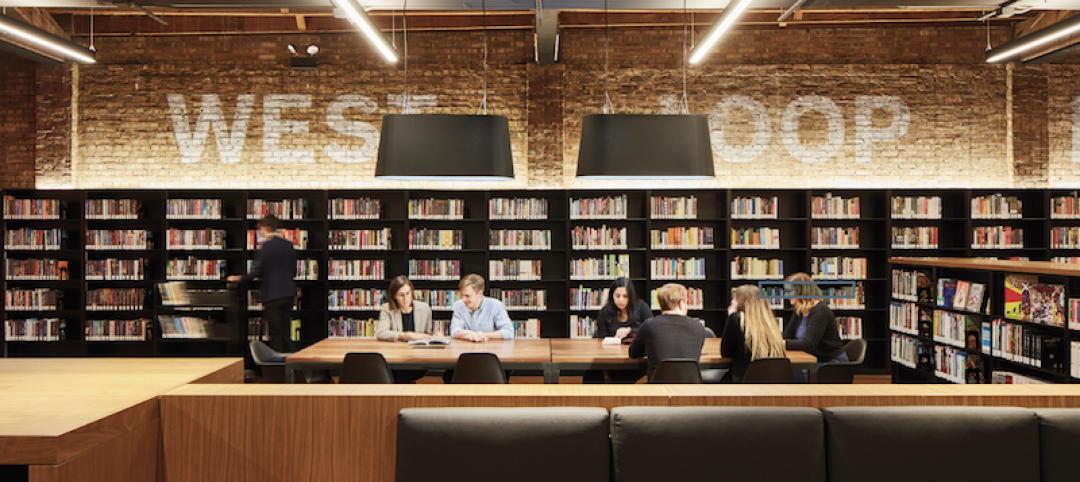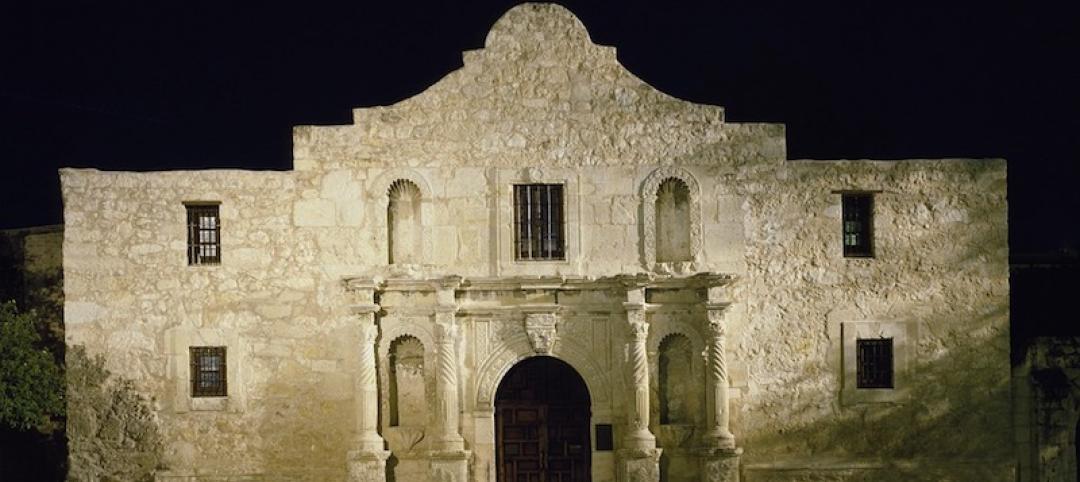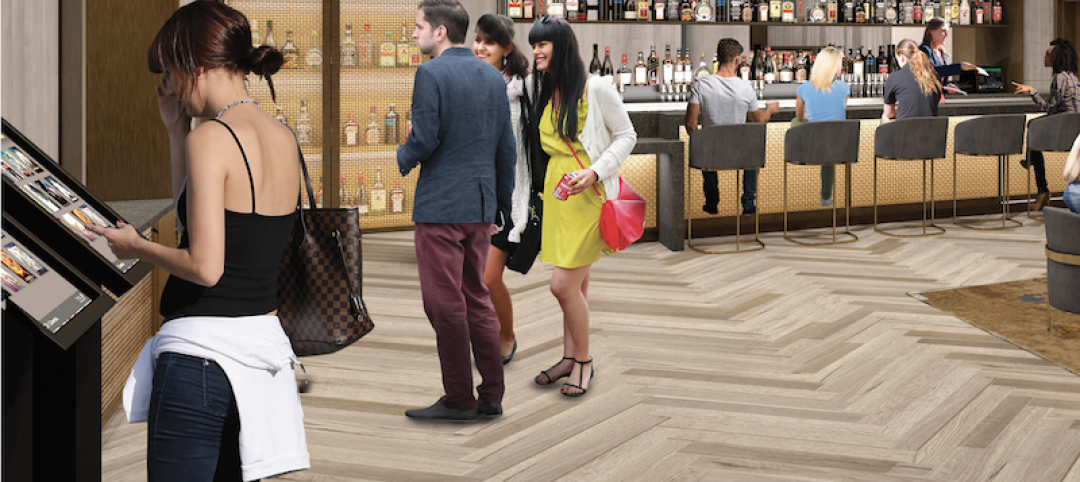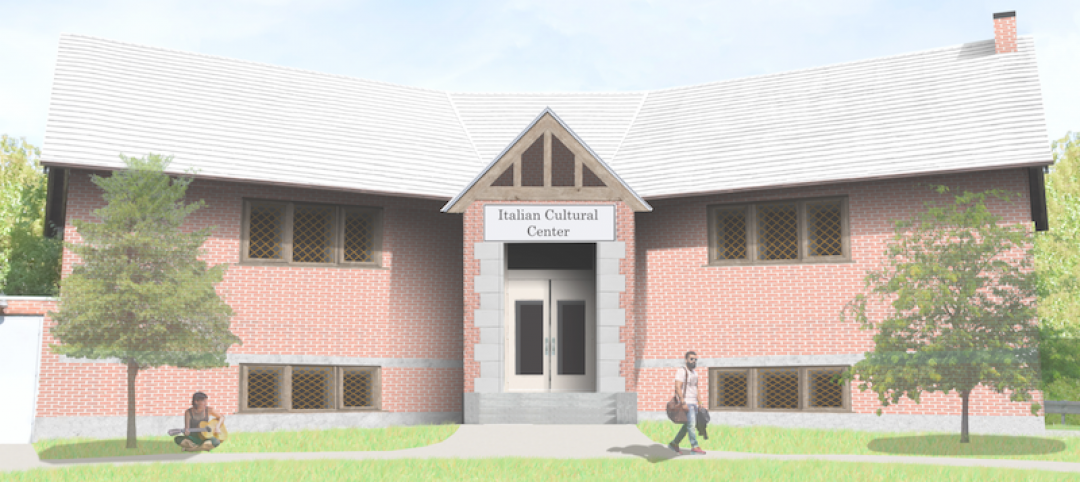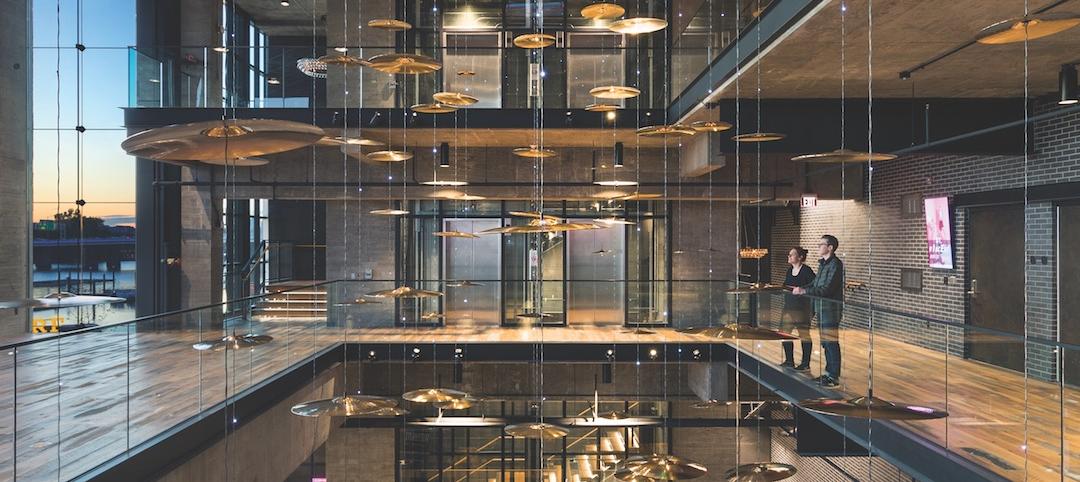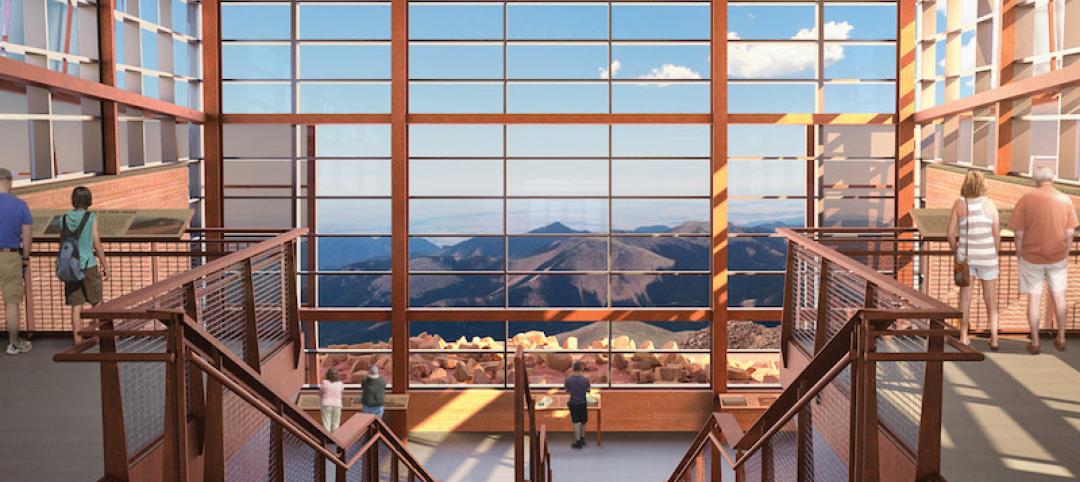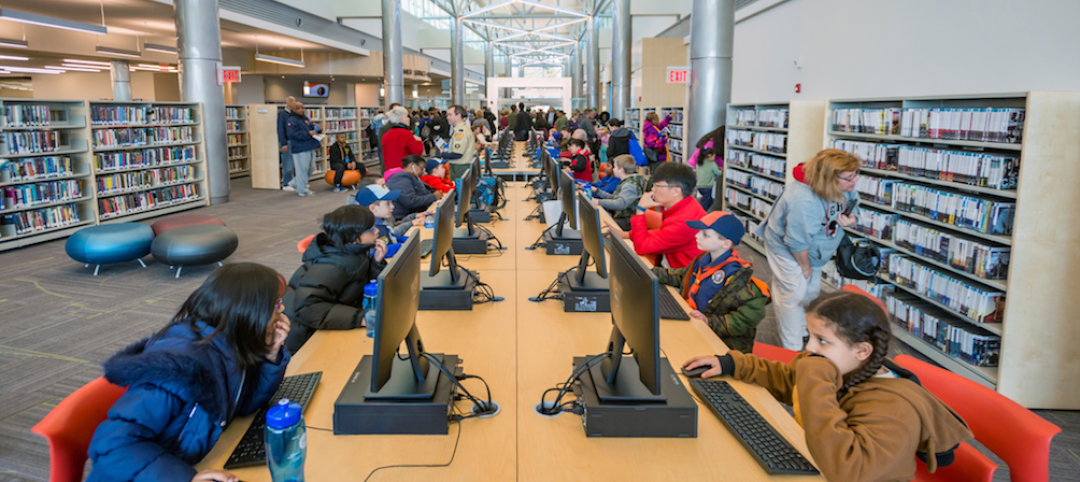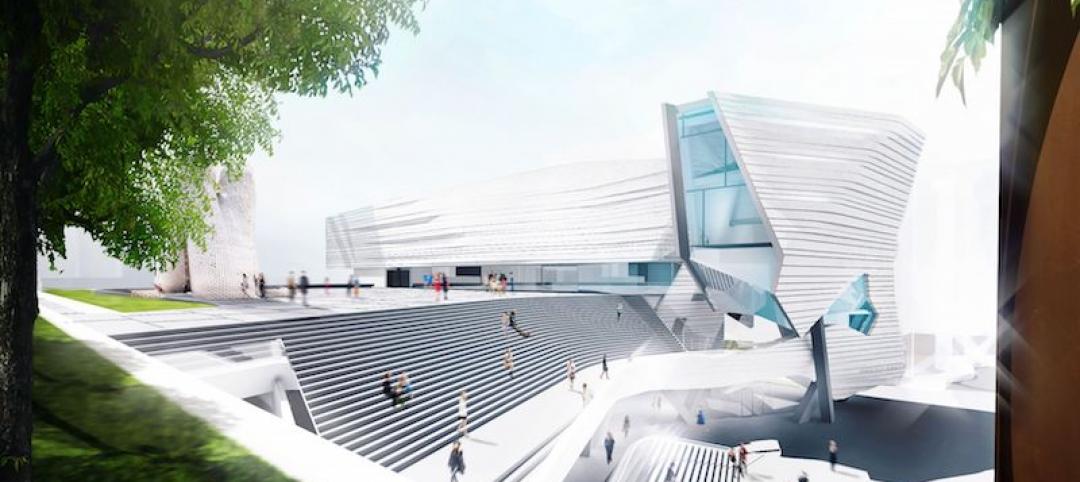The benefits of having abundant and well-planned green spaces in urban areas goes beyond aesthetics. Parks, landscaping, planters, tree-lined streets, and urban forests also translate to increased property value, lower energy costs, and more revenue for the city.
For instance, officials with the city of Denver claim that as much as $18 million of the city's annual tourism revenue can be attributed to its parks system. The city of Charlotte estimates that it's tree-lined streets provide more than $900,000 in energy savings per year. And Milwaukee’s urban forest helps remove 496 tons of pollution annually.
All three metros were ranked recently as best U.S. cities for urban forests by the conservation organization American Forests, in a project funded by the U.S. Forest Service. As part of the study, American Forests worked with a panel of urban forest experts to evaluate the nation's 50 most populous cities based on:
- Civic engagement in maintaining the urban forest
- Urban forest strategies and city greening to address city infrastructure challenges
- Accessibility of urban forest and greenspaces to the public
- Overall health and condition of the city’s urban forest
- Documented knowledge about its urban forests
- Urban forest management plans and management activities.
Based on their research, American Forests assembled a list of the top 10 cities for urban forests:
Austin, Texas — 18% of city is parkland; diverse tree canopy; urban forest management plan in place
Charlotte, N.C. — has several recreation attractions, including the U.S. National Whitewater Center and a pocket park known as The Green; strong comprehensive management plans; tree ordinances designed to protect both public and private trees; public-private initiative, TreesCharlotte, to plant trees on private property.
Denver — requires developers to diversify tree species during plantings; developed city-wide planting and canopy goals; keeps records of the age distribution of the canopy; major attractions include the Denver Botanic Gardens, with more than 32,000 species of plants, and the City Park Arboretum, with more than 3,000 trees.
Milwaukee — home to Wisconsin’s only urban state park, Lakeshore State Park; has 25 acres of park per 1,000 residents; urban forest provides $15 million in stormwater savings and removes 496 tons of pollution annually; keeps comprehensive inventory of trees; implemented diversification plans.
Minneapolis — a park every six blocks, including some designed for off-road cycling, hiking, canoeing and swimming; tree canopy of 31 percent, only 6.5 percent shy of its potential canopy of 37.5 percent; one of the first cities to use the U.S. Forest Service’s iTree assessment tool to determine the benefits of its urban forest.
New York — 19.5% of city is parkland; five trees per acre for a canopy of 21 percent; series of management plans, including several that focus on wetlands and green infrastructure; mayor has set goal of planting one million new trees by 2017
Portland, Ore. — main attractions include a 5,000-plus-acre park with 70 miles of trails and an arboretum with nearly 1,000 species of trees and shrubs; goals for the city’s canopy are built into multiple management plans; city is using green infrastructure as a cost-effective alternative to gray infrastructure; protecting its trees through public and private ordinances and a diversification strategy; estimates that its street trees alone have added more than $13 million in property resale value.
Sacramento, Calif. — main attractions include a 33-mile bike trail and the picturesque Capitol Park surrounding California’s State Capitol, which features 450 varieties of trees and flowering shrubs; recently completed a best management practices study; has a strong volunteer base; each year, one of the city’s electric utilities and a nonprofit partner to plant 13,000 trees on private property that will provide shade to homes and reduce energy demand.
Seattle — recently completed an iTree analysis and Interactive Habitat Map, designed to let urban forestry team members know not only where trees can be planted, but also what kind of species would be most desirable; features an old-growth forest and a former crude oil plant location turned into a park; city's 4.35 million trees are estimated to be worth about $4.9 billion.
Washington, D.C. — the National Mall and its monuments and memorials feature 17,000 trees; the District also houses the nation’s first urban park, Rock Creek Park, as part of its more than 7,000 acres of parkland and has two major rivers within its city limits.
For more on the top 10, visit: http://www.americanforests.org/our-programs/urbanforests/10-best-cities-for-urban-forests.
Related Stories
Cultural Facilities | Mar 25, 2019
The new Olympic House in Switzerland will reflect the international governing body’s values
The building, nestled in a large park, is striving to meet three different sustainability standards.
Libraries | Feb 10, 2019
New library branch in San Diego opens with its community’s learning and working traits in mind
It features larger gathering spaces and more technology than its predecessor.
Libraries | Jan 18, 2019
Chicago’s newest library branch preserves the old and ushers in the new
Its exterior design reflects the neighborhood’s industrial history, while its interior fosters community and shared learning.
Cultural Facilities | Oct 24, 2018
San Antonio approves redevelopment of Alamo Plaza
The San Antonio City Council voted 9-2 in favor of the makeover.
Cultural Facilities | Aug 10, 2018
Moviegoers are looking for an ‘intimate experience’
Comfort and service are keys to attracting repeat customers, says an expert whose firm specializes in cinema design.
Cultural Facilities | Jun 11, 2018
Risorgimento, Buffalo style
Further evidence of the positive impact of the cultural centers on neighborhood development and economic growth can be found in Buffalo, N.Y., where plans for the Italian Cultural Center are moving forward.
Cultural Facilities | Jun 11, 2018
Cultural centers: Community-based venues can be catalysts for downtown renewal
New cultural centers have sparked development in the form of new offices, restaurants, retail, hotels, business incubators, apartments, and arenas.
Cultural Facilities | Jun 2, 2018
Topping Off: Pikes Peak is getting a new Summit Complex
The 26,000-sf facility will be green, resilient, and emphasize the view rather than the architecture.
Libraries | Jun 1, 2018
New library offers a one-stop shop for what society is craving: hands-on learning
Beyond lending books and DVDs, the Elkridge (Md.) branch library loans household tools like ladders, wheelbarrows, and sewing machines.
Museums | Jun 1, 2018
The new Orange County Museum of Art will be Orange County’s largest center for arts and culture
Morphosis designed the building.


